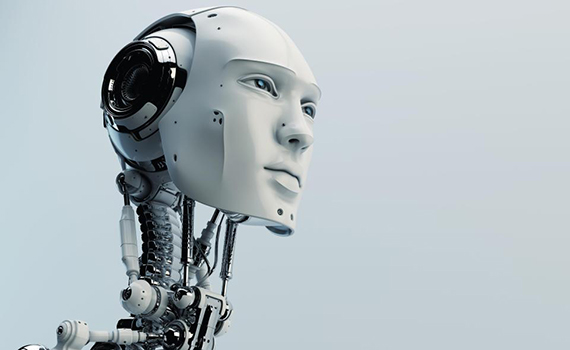NEWS
Robots taught to predict the future

At the moment, no matter how robotic the device is, it in most cases acts according to pre-registered algorithms (or is managed by man) and can not foresee the consequences of its actions. But scientists from the University of California at Berkeley have created a new technology for learning machines, which gives them the opportunity to predict what this or that action will lead to even when interacting with objects that the robot had not previously met.
According to hi-news.ru, the technology is arranged as follows: in the first stage, the robot, without operator's participation, uses images from cameras to move objects independently, on the basis of which a predictive behavior model is built. After several attempts it is "remembered" and used later when meeting new or similar objects seen. Robot cameras calculate the possible sequence of actions, but so far, however, only a few seconds ahead. Although this is enough for the robot to make decisions in new conditions for him without human intervention.
People all their lives learn to interact with the outside world with virtually no help by trial and error, earning the necessary experience and acquiring skills. We managed to build a robotic system that will use a large amount of autonomously collected data to acquire useful skills, and the knowledge gained during training, the machine will be able to use in the future with, for example, the movement of objects, "According to one of the researchers, Frederick Ebert.
© All rights reserved. Citing to www.ict.az is necessary upon using news



